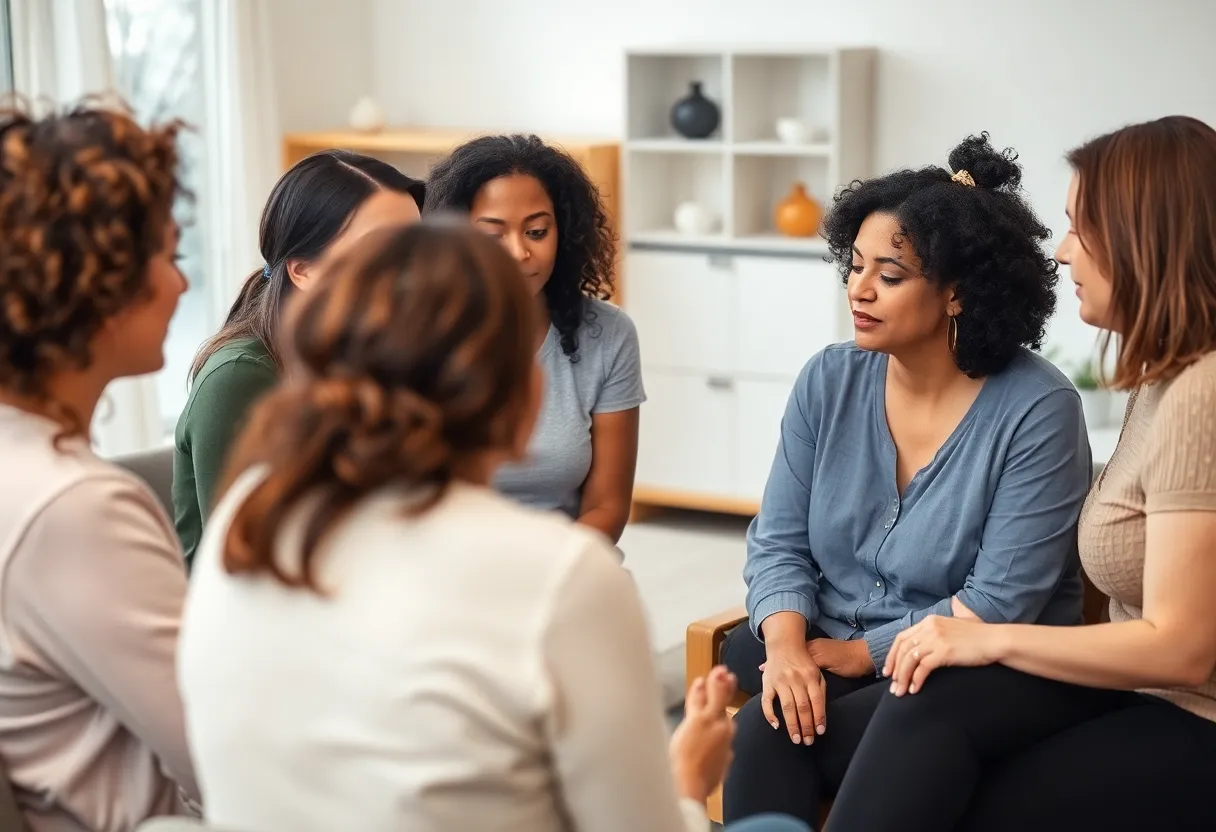News Summary
A recent study reveals the significant impact of X-linked adrenoleukodystrophy (ALD) on women, highlighting neurologic symptoms and delayed diagnosis. With 91% of female participants reporting neurological issues, the findings underscore the need for increased awareness and targeted healthcare strategies for women affected by ALD. The study stresses the importance of addressing the emotional and physical hardships faced by these women and advocates for improved healthcare access and interventions.
New Study Lifts the Veil on X-Linked Adrenoleukodystrophy in Women
It’s often overlooked, but a recent study has spotlighted a serious health concern affecting adult females diagnosed with X-linked adrenoleukodystrophy (ALD). Though primarily known to impact males, ALD can also inflict a heavy toll on women, particularly during adulthood. The problem? The disease’s course and symptom burden in females are not well understood. This new research aims to change that.
What is ALD?
X-linked adrenoleukodystrophy is a genetic disorder that typically causes neurological issues, impacting the brain and spinal cord. While many might think of ALD primarily as a male issue, women can also suffer from its effects, though the specifics of that suffering have been unclear—until now!
The Research Journey
Researchers delved deep into understanding how ALD impacts women by conducting a comprehensive retrospective study. They reached out to adult female individuals with confirmed ALD through both an outpatient clinic and a patient advocacy group, bringing together 127 participants with a median age of 50.2 years. For a balanced perspective, they also compared the women’s experience against data from 82 men with ALD, who had a median age of 37.5 years.
Results that Speak Volumes
The study unearthed some striking findings. A staggering 91% of the female participants reported experiencing neurologic symptoms. Among these, urinary issues led the pack at 74%, followed closely by difficulty walking at 66%, and spasticity affecting 65%. These symptoms showcase the challenges women with ALD face daily.
The emotional toll isn’t negligible either. Mental health symptoms were reported by 64%, indicating that the struggle extends far beyond the physical realm. However, it doesn’t stop there; falls were also a significant concern. Over half (55%) of the females reported having fallen, and 48% incurred injuries from these falls—43% even sustained fractures. This paints a picture of not only physical hardships but also the need for improved safety measures within this population.
Delayed Diagnosis and Its Pitfalls
One concerning aspect of the study revealed that women typically experience a later onset of symptoms and diagnosis compared to their male counterparts. Out of those studied, 22 of 46 women had been misdiagnosed, showcasing potential gaps in the healthcare system regarding awareness and treatment of ALD in females. Furthermore, healthcare access challenges were reported by a staggering 90% of participants, while 86% noted a decreased quality of life due to their condition.
More than Just a Walking Problem
As if managing neurologic symptoms wasn’t enough, the study highlighted that 44% of females reported that many activities beyond just walking were hindered because of their condition. Myelopathy and neuropathy were common, illustrating the array of challenges faced by these women.
Taking the Next Steps
The findings from this study emphasize the critical need to refocus healthcare strategies on women suffering from ALD. The research not only sheds light on the hidden burdens these women carry but also calls for more targeted interventions and better healthcare access. Researchers noted some limitations, including potential recall and selection bias, but the overall trajectory towards understanding and assisting these women is undeniably vital.
As awareness grows, it’s essential for both healthcare providers and the community to pay close attention to this often-ignored aspect of ALD, ensuring that the voices of women with this condition are heard and addressed. With continued research and advocacy, there’s hope for improved futures ahead!
Deeper Dive: News & Info About This Topic
HERE Resources
Additional Resources
- Physicians Weekly: Disease Burden in Female Patients with ALD
- Wikipedia: X-linked Adrenoleukodystrophy
- Nature: Recent Findings on ALD
- Google Search: X-linked Adrenoleukodystrophy
- Adrenoleukodystrophy News: Aging and Women with ALD
- Encyclopedia Britannica: Adrenoleukodystrophy







